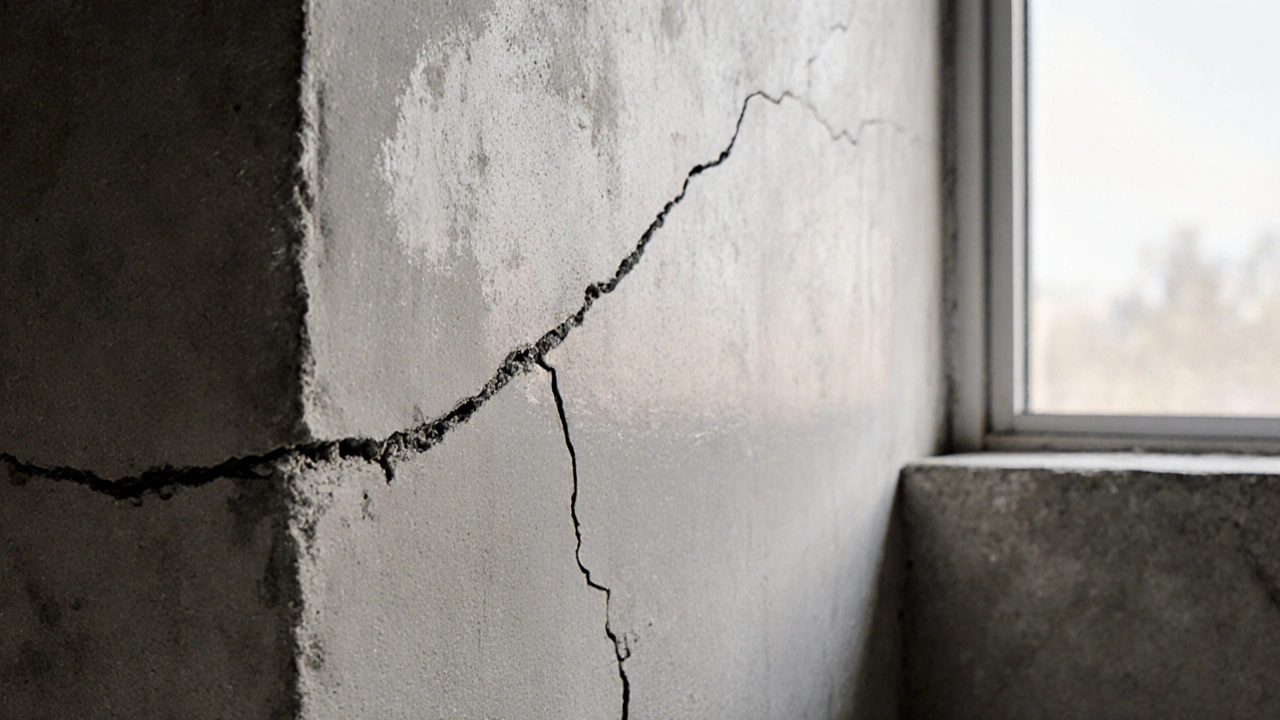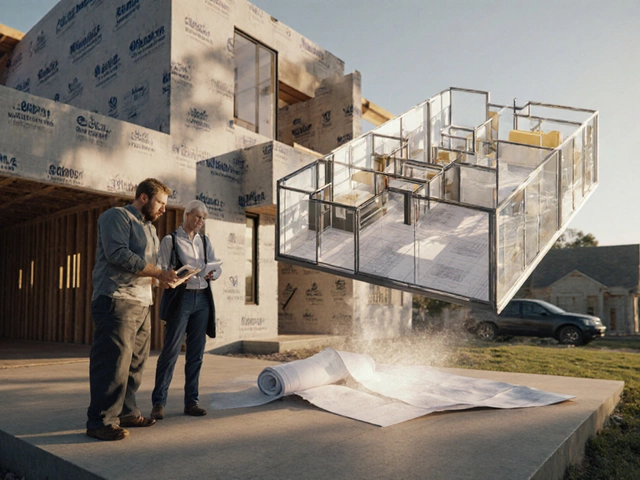Acceptable Foundation Cracks: What’s Normal and When to Worry
When you spot a crack in your foundation, panic is natural—but not always necessary. Acceptable foundation cracks, thin, vertical lines often less than 1/8 inch wide that appear as concrete settles naturally. These are common in homes under 10 years old and usually don’t threaten structural integrity. Also known as shrinkage cracks, they form as moisture leaves freshly poured concrete, not because of pressure or poor soil. The real danger comes from horizontal foundation cracks, cracks that run sideways across walls, often caused by soil pressure pushing inward. These aren’t normal. They signal the wall is bending under stress, and if left unchecked, can lead to collapse.
Not all cracks are created equal. Foundation settlement, the gradual sinking of a home’s base due to soil movement or poor drainage can cause minor cracks that are harmless if they stop growing. But if the crack widens over months, or if you see stair-step patterns in brickwork, doors sticking for no reason, or gaps between walls and ceilings, that’s a red flag. Foundation damage, when cracks exceed 1/4 inch or show signs of movement, misalignment, or water intrusion needs professional attention. You can’t fix this with caulk or paint—it requires steel beams, carbon fiber straps, or underpinning, and often drainage fixes too.
Older homes are more likely to show cracks simply because they’ve had more time to settle. But that doesn’t mean every line is a problem. A hairline crack along a basement wall? Probably fine. A crack wide enough to fit a pencil? That’s not normal. What matters most is change over time. Take a photo today. Check it again in three months. If it’s wider, longer, or letting in water, call someone. If it’s stayed the same for years, keep an eye on it—but don’t lose sleep.
The posts below cover everything from how to measure a crack yourself, what repair methods actually work, why some fixes cost $1,500 and others $15,000, and how to tell if your crack is a symptom of deeper soil or drainage issues. You’ll find real examples, cost breakdowns, and clear signs that mean it’s time to act—not just watch. No fluff. Just what you need to know before you call a contractor—or decide you can wait.
What Size Crack in a Foundation Is Actually Safe to Ignore?
Not all foundation cracks are dangerous. Learn what size crack is acceptable, when to worry, and how to prevent costly repairs in Vancouver homes. Get clear guidelines based on real inspections and local conditions.
full article




